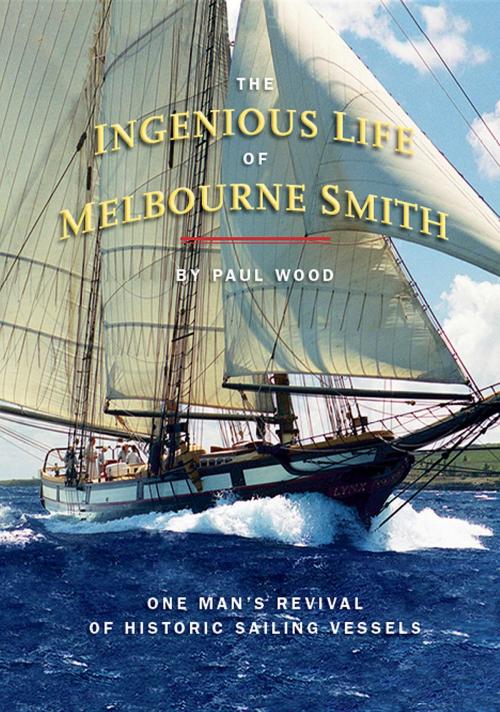The Ingenious Life of Melbourne Smith
One Man's Revival of Historic Sailing Vessels
Nonfiction, Art & Architecture, General Art, Graphic Art & Design, Graphic Arts, Sports, Water Sports, Sailing, Science & Nature, Technology, Engineering| Author: | Paul Wood, Curt Carpenter | ISBN: | 9780996445412 |
| Publisher: | Curt Carpenter | Publication: | December 15, 2015 |
| Imprint: | Woods Maritime | Language: | English |
| Author: | Paul Wood, Curt Carpenter |
| ISBN: | 9780996445412 |
| Publisher: | Curt Carpenter |
| Publication: | December 15, 2015 |
| Imprint: | Woods Maritime |
| Language: | English |
In 1976 a team of hand-tool shipwrights and a blacksmith, working with raw materials on a bare public lot, re-created a fully functional Baltimore clipper. The feat was like bringing a woolly mammoth back to life. This ship, Pride of Baltimore, a topsail schooner with a sail plan of well over nine thousand square feet, embodied the sailing technology that had once enabled a newborn United States to take its vigorous place among the nations of the world. On her first voyage in 1977, she traveled to ports throughout the western Atlantic. Then she went global. Wherever she went, she inflamed the desire of cities, states, and countries to reclaim their own nautical heritage—a heritage that had been largely forgotten in civilization’s rush toward the industrial technologies of steam, oil, and iron. Melbourne Smith made this happen. Melbourne is a self-invented human phenomenon with a mind equal parts mechanical exactitude and reckless enthusiasm. In youth he was an apprentice sign-maker and hyperactive mist from a drab city on the shore of Lake Ontario. He has been at various times a musician, commercial artist, book designer, sailor, painter of meticulous watercolor portraits of historical vessels, shipbuilder, nautical technician, historian, marine architect, and even, briefly, a lieutenant-commander of the Guatemalan Navy. His story includes shipwrecks, natural disasters, desperate escapes, glorious failures, but always the assumption that any person’s life is an unscripted adventure demanding unquestionable expertise. Combining mechanics and vision, Melbourne Smith shattered the amnesia of progress and reawakened the world to the great history of towering masts, fast hulls, shining sprawls of canvas, and extreme risk on the high seas.
In 1976 a team of hand-tool shipwrights and a blacksmith, working with raw materials on a bare public lot, re-created a fully functional Baltimore clipper. The feat was like bringing a woolly mammoth back to life. This ship, Pride of Baltimore, a topsail schooner with a sail plan of well over nine thousand square feet, embodied the sailing technology that had once enabled a newborn United States to take its vigorous place among the nations of the world. On her first voyage in 1977, she traveled to ports throughout the western Atlantic. Then she went global. Wherever she went, she inflamed the desire of cities, states, and countries to reclaim their own nautical heritage—a heritage that had been largely forgotten in civilization’s rush toward the industrial technologies of steam, oil, and iron. Melbourne Smith made this happen. Melbourne is a self-invented human phenomenon with a mind equal parts mechanical exactitude and reckless enthusiasm. In youth he was an apprentice sign-maker and hyperactive mist from a drab city on the shore of Lake Ontario. He has been at various times a musician, commercial artist, book designer, sailor, painter of meticulous watercolor portraits of historical vessels, shipbuilder, nautical technician, historian, marine architect, and even, briefly, a lieutenant-commander of the Guatemalan Navy. His story includes shipwrecks, natural disasters, desperate escapes, glorious failures, but always the assumption that any person’s life is an unscripted adventure demanding unquestionable expertise. Combining mechanics and vision, Melbourne Smith shattered the amnesia of progress and reawakened the world to the great history of towering masts, fast hulls, shining sprawls of canvas, and extreme risk on the high seas.















